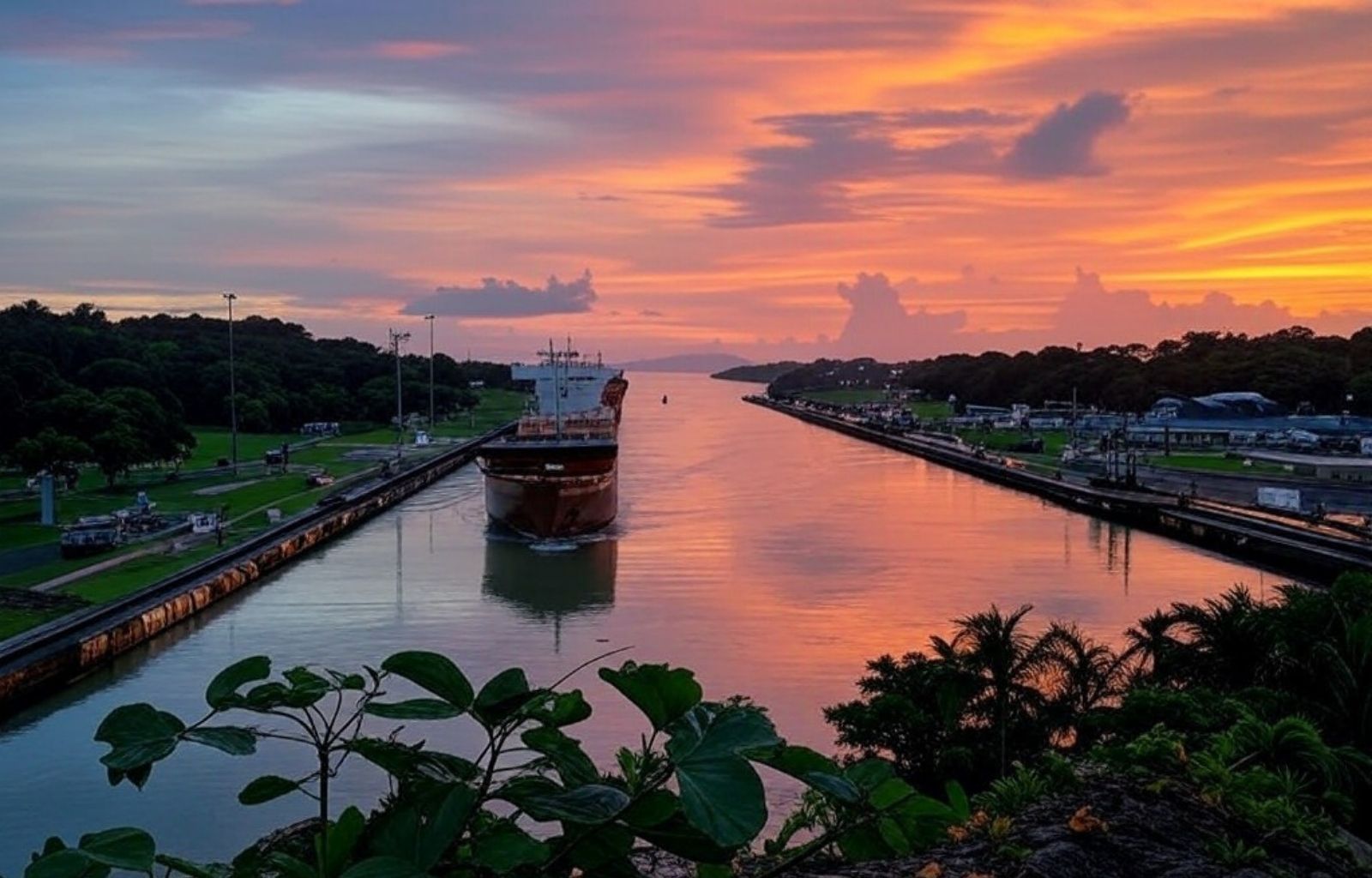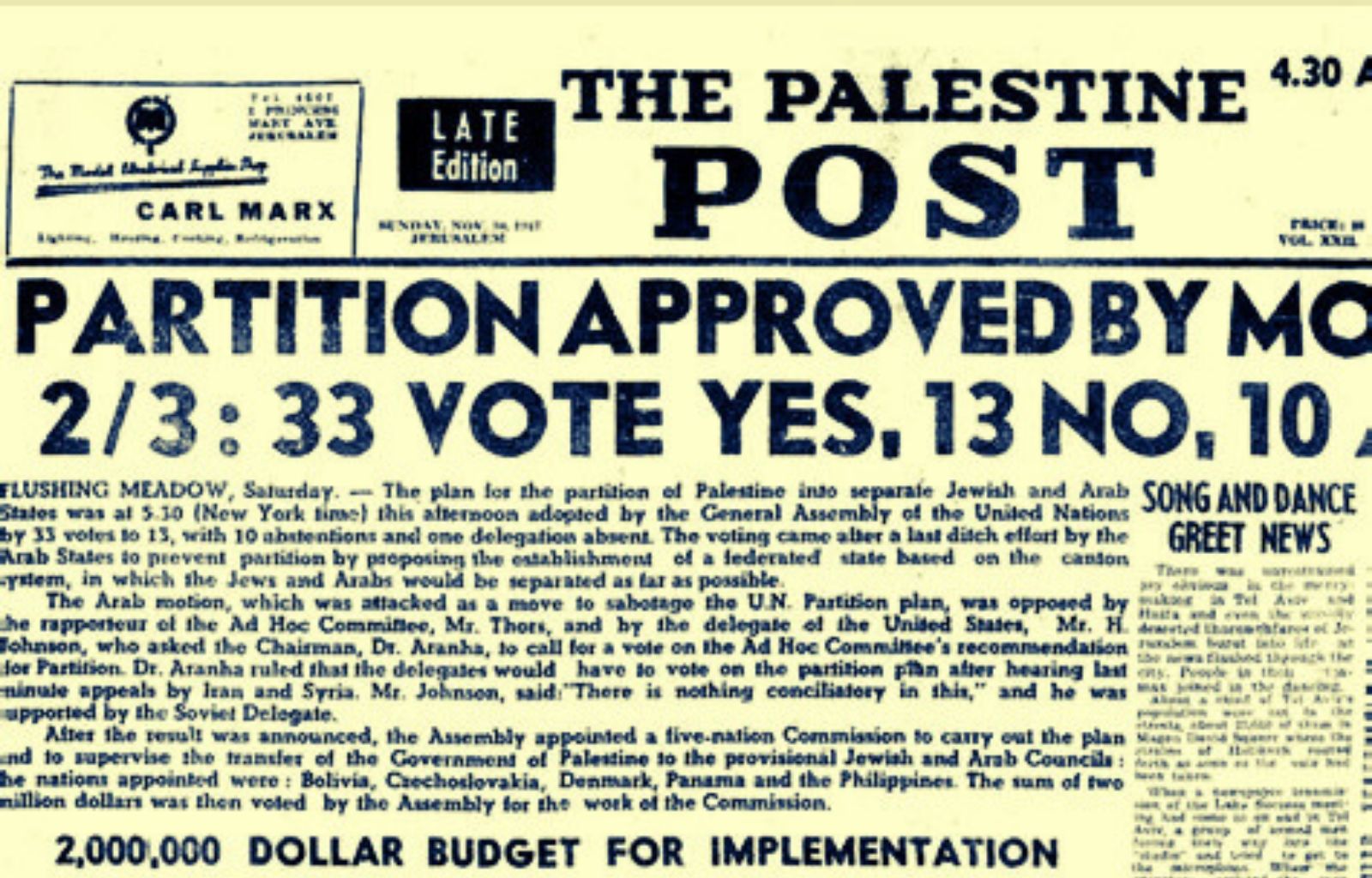In Panama US and China play an advance of the match to be played in Taiwan

The Panamanian government announced it would not renew the 2017 memorandum of understanding with China on the Belt and Road Initiative (BRI). The decision, announced by President José Raúl Mulino after a meeting with US Secretary of State Marco Rubio, is a concrete sign of how much Chinese influence in the region is of concern to the US. At the centre of the debate is the Panama Canal, considered by Washington to be an infrastructure of crucial importance for national security.
Friction with Washington and American pressure
The decision not to renew the agreement with Beijing should be seen in the current phase of growing tensions between the United States and Panama. On the one hand, the Trump administration has repeatedly expressed its intention to ‘retake’ control over the Canal, portraying the Chinese presence as a strategic threat to US leadership in Latin America. On the other, Panama has been confronted with Beijing’s massive investments in infrastructure such as the fourth bridge over the Canal and the ports of Balboa and Cristóbal, interventions that have contributed to increasing Beijing’s geopolitical leverage.
President Trump ‘s approach appeared very aggressive from the start, with tones that included the prospect of military measures and accusations of ‘stealing’ the Canal. This hard line has raised strong diplomatic concerns, but at the same time it is not surprising that the United States sees the Canal as a strategic issue, given Panama’s geographical location and the importance of maritime transit for the US economy.
The New Silk Road: Opportunities and Risks
In 2017, with the memorandum of understanding on the BRI, Panama was among the first Central American countries to formally bind itself to the major infrastructure and trade project launched by Beijing. The goals of modernising infrastructure and stimulating trade were attractive, but the price to be paid became evident as time went on: the growing Chinese presence in key sectors alarmed Washington, which has always been historically influential in the region.
The diplomatic detachment from Taiwan in the same year then strengthened relations with Beijing and aggravated tensions with the US(see also here). In this context, Secretary of State Rubio ‘s visit to Panama was a turning point: American warnings about ‘unacceptable’ Chinese influence prompted Mulino to take a step back, announcing the non-renewal of the memorandum.

The Panama Canal: a strategic and symbolic node
For the United States, the Panama Canal is more than just a commercial crossroads: it is a symbol of power and a national security asset. Its management has always had political value, ever since the United States formally controlled it. With the exponential growth of global trade, this infrastructure has consolidated its centrality in the world economy.
The tensions between Washington and Panama are, however, not only the result of political disagreements. The context is further complicated by the ongoing climatic crisis: the drought caused by the El Niño phenomenon has reduced the transit capacity of ships, bringing the country’s main source of income to its knees and damaging trade, especially American trade, which accounts for around 40% of container traffic.
Criticism of the Trump Administration and the complex geopolitical reality
Trump’s muscular rhetoric and his threats of extreme action – from sanctions to military intervention – have provoked sharp criticism both internationally and in Latin America. A more balanced approach based on constructive dialogue would probably have avoided further stiffening the Panamanian government, pushing it instead to explore compromise solutions. On the other hand, it is understandable that Washington finds excessive Chinese interference in an area that is crucial for US national security intolerable.
The result is an extremely delicate diplomatic situation: Panama, while claiming its sovereignty, is inevitably at the centre of a tug-of-war between two giants. China, for its part, has not given up its investment projects and, faced with Mulino‘s decision, could react by further strengthening its presence with targeted bilateral agreements or new economic initiatives.
Future scenarios and challenges for Panama
Panama’s decision to discontinue formal cooperation with the BIS signals an attempt to rebalance national interests and international relations. But tensions are not likely to disappear any time soon. On the US front, there are possible new pressures to limit Beijing‘s influence. On the Chinese side, the strategy of expanding the commercial and economic sphere in Latin America remains a strategic priority.
For Panama, the challenge is to maintain a position of autonomy and safeguard economic stability, without alienating the favours of one superpower or the other. The climate issue, with drought hindering full utilisation of the Canal, adds further uncertainty to an already intricate scenario.
On closer inspection, what is happening in Panama is a foretaste of the geopolitical game that will be played in Taiwan. The dynamics of pressure, economic influence and strategic threats that we see today in the small Central American state could be repeated in the Pacific, with even more decisive consequences for global balances.












